Close Coupled Toilets
Among the myriad of toilet options available, close-coupled toilets stand out as a popular choice for modern bathrooms. Their blend of efficiency and style makes them a preferred option, promising to elevate the bathroom's functionality and aesthetic appeal. Read more to learn why close-coupled toilets might just be the upgrade your bathroom needs.
Villeroy & Boch Subway 3.0 Close-Coupled Rimless Washdown Toilet Suite with Twistflush - White Alpin
Now Only £724.91
RAK Origin Close Coupled Corner Full Access WC Pack With Soft Close Seat
Now Only £221.62
Purity Collection Evergreen Close Coupled Open Back Toilet & Soft Close Seat
Now Only £222.76
Purity Collection Vineyard Close Coupled Open Back Toilet & Soft Close Seat
Now Only £222.76
Purity Collection Evergreen Close Coupled Fully Shrouded Toilet & Soft Close Seat
Now Only £230.78
Ideal Standard Eurovit+ Comfort Height Close Coupled WC with Soft Close Seat
Now Only £233.82
Geberit Selnova 3-in-1 Close-Coupled Pan, Cistern & Soft Close Seat Pack
Now Only £236.28
Purity Collection Evergreen Close Coupled Open Back Comfort Height Toilet & Soft Close Seat
Now Only £238.81
Purity Collection Daybreak Close Coupled Open Back Toilet & Soft Close Seat
Now Only £262.88
Purity Collection Daybreak Close Coupled Fully Shrouded Toilet & Soft Close Seat
Now Only £270.91
Purity Collection Forestglow Short Projection Close Coupled Open Back Toilet & Slim Soft Close Seat
Now Only £286.96
Purity Collection Forestglow Short Projection Close Coupled Open Back Toilet & Wrapover Soft Close Seat
Now Only £286.96
Purity Collection Blossom Rimless Short Projection Close Coupled Open Back Toilet & Soft Close Seat
Now Only £294.98
Purity Collection Cosmopolitan Rimless Close Coupled Open Back Toilet & Soft Close Seat
Now Only £294.98
Purity Collection Forestglow Short Projection Close Coupled Fully Shrouded Toilet & Slim Soft Close Seat
Now Only £294.98
Purity Collection Forestglow Short Projection Close Coupled Fully Shrouded Toilet & Wrapover Soft Close Seat
Now Only £294.98
Purity Collection Blossom Rimless Short Projection Close Coupled Fully Shrouded Toilet & Soft Close Seat
Now Only £303.01
Purity Collection Chateau Close Coupled Toilet & Matt Latte Soft Close Seat
Now Only £303.01
Purity Collection Chateau Close Coupled Toilet & Sage Green Soft Close Seat
Now Only £303.01
Purity Collection Chateau Close Coupled Toilet & Satin White Wood Effect Seat
Now Only £303.01
Purity Collection Chateau Close Coupled Toilet & Sea Green Wood Effect Seat
Now Only £303.01
Purity Collection Cosmopolitan Rimless Close Coupled Fully Shrouded Toilet & Soft Close Seat
Now Only £303.01
RAK Resort Mini Close Coupled Back To Wall WC Pan With Sandwich Soft Close Seat
Now Only £304.66
The White Space Euna Rimless Comfort Height Close Coupled Toilet - White
Now Only £311.76
Purity Collection Chateau Close Coupled Toilet w/Brushed Brass Finish & Soft Close Seat
Now Only £319.06
Purity Collection Verdant Close Coupled Fully Shrouded Toilet & Soft Close Seat
Now Only £319.06
Villeroy & Boch O.Novo Close-Coupled Washdown Open-Back Toilet Suite - White Alpin
Now Only £326.30
What are Close Coupled Toilets?
Close-coupled toilets feature a design where the cistern is directly attached to the toilet bowl, creating a single, streamlined unit. This design contrasts with traditional models, where the cistern and bowl are separate entities, often requiring more space and complex plumbing. The close-coupled toilet's key components include the cistern, which holds and dispenses the water for flushing, and the bowl, where the business happens. These parts are joined seamlessly, reducing the nooks and crannies where dust and grime can accumulate. The visual appeal of close-coupled toilets lies in their compact, integrated design, which fits neatly into bathrooms of any size, offering a cleaner, more cohesive look.
How do Close Coupled Toilets Work?
The heart of a close-coupled toilet's efficiency lies in its flushing mechanism. When the flush is activated, water from the cistern rushes into the bowl through a specially designed valve, clearing the contents into the waste pipe. This system is not only effective but also designed with water efficiency in mind. Compared to older or more traditional toilet designs, close-coupled toilets often come with dual flush options, allowing the user to choose a lesser volume of water for liquid waste, thereby conserving water over time.
The simplicity of the close-coupled toilet's design extends to its maintenance and cleaning regimes. With fewer external parts and joints than traditional setups, there's less space for bacteria and limescale to build up, making these toilets easier to clean and maintain. This streamlined design also means that, should a part require replacing or maintenance, access is straightforward, reducing the time and cost involved in bathroom upkeep.
What Are The Advantages of Close Coupled Toilets?
Space Efficiency
One of the primary advantages of close-coupled toilets is their space-saving design. Unlike traditional two-piece toilets, which often have a gap between the tank and bowl, close-coupled toilets are designed as a single unit that occupies less room. This makes them an ideal choice for smaller bathrooms or powder rooms where space is at a premium. In comparison to wall-hung toilets, which require a concealed tank within the wall, close-coupled toilets do not necessitate any structural alterations to the bathroom, making them easier and more cost-effective to install.
Aesthetic Appeal
One of the most significant advantages of close-coupled toilets is their aesthetic appeal. Their compact, seamless design lends a modern, streamlined look to any bathroom, making them a perfect fit for contemporary, minimalist, classic, or even luxuriously styled bathrooms. The design's simplicity does not compromise on variety; close-coupled toilets come in a range of colours and designs, catering to diverse tastes and bathroom themes. From crisp white to soft pastel hues, there is a close-coupled toilet to complement any colour scheme, ensuring that the bathroom's look is cohesive and stylish.
The design variations do not end with colour. Some models feature subtle curves for a softer, more organic look, while others boast sharp lines and angles for a more modern, edgy aesthetic. This versatility means that whether you're renovating a family bathroom, a master ensuite, or a small guest toilet, a close-coupled toilet can enhance the space, marrying functionality with style.
Water Efficiency
Many close-coupled toilets come equipped with dual-flush mechanisms, allowing the user to select a lower-volume flush for liquid waste, thereby conserving water. This feature is particularly advantageous when compared to older models of two-piece toilets, which typically use a single flush system and can be less efficient in water usage. While wall-hung and back-to-wall toilets may also offer water-saving flush options, the simplicity and accessibility of the close-coupled toilet's mechanism make it a standout feature for eco-conscious homeowners.
Ease of Maintenance
The design of close-coupled toilets simplifies cleaning and maintenance. With fewer crevices and external plumbing, there's less accumulation of dirt and grime, making them easier to keep clean than traditional two-piece toilets with exposed pipes or wall-hung toilets that may require access to concealed parts for repairs. The straightforward assembly of close-coupled toilets also means that parts are easily accessible for maintenance or replacement, a convenience that can save time and reduce plumbing costs in the long run.
Installation and Cost
Comparing installation and overall costs, close coupled toilets often come out ahead of other styles. The complexity of installing wall-hung toilets, for example, can lead to higher labour and material costs due to the need for a strong wall frame and concealed plumbing. In contrast, close coupled toilets can be installed on existing plumbing without significant alterations, making them a more budget-friendly option for bathroom renovations or updates.
Choosing the Right Close Coupled Toilet for Your Home
Selecting the right close coupled toilet involves more than just finding a style that complements your bathroom's decor. Several factors need to be taken into account to ensure that your new toilet not only looks great but also meets the needs of all users while fitting perfectly within the space available.
Factors to Consider
Size and Height: The physical dimensions of the toilet are crucial. You need to ensure there's enough room around it for comfortable use, and that it fits well within the bathroom's layout. Height is also a key consideration, particularly for homes with children or individuals with mobility issues. The standard height can vary, but finding a height that ensures comfort for all users is important.
Design: While aesthetics are important, the design also pertains to the shape of the bowl (round or elongated) and the accessibility of the flush mechanism. These elements can significantly affect comfort and usability.
Flush Mechanism Types: Modern close coupled toilets often come with dual flush mechanisms, allowing the user to choose a lower volume flush for liquid waste. This feature not only conserves water but can also reduce water bills over time. It's worth considering the type of flush mechanism in terms of both environmental impact and operational efficiency.
User Comfort and Bathroom Layout: Consider who will be using the toilet and their specific needs. For example, taller toilets might be more comfortable for taller individuals or those with mobility issues. Additionally, the toilet should complement the bathroom's layout, not obstruct doors or cabinets.
Which Brand of Toilet Should I Choose?
Close-coupled toilets are in abundance in the world of bathroom fixtures, with many brands offering a selection of them to choose from. This can make the process of picking the right close-coupled toilet a bit tricky, so let's take a look at a few standout brands in this space who are known for excecuting this style of toilet perfectly.
Ideal Standard Close Coupled Toilets
Ideal Standard has long been synonymous with quality and innovation in bathroom design. Known for their commitment to sustainability, functionality, and aesthetic appeal, their range of close-coupled toilets is designed to cater to a wide array of preferences and bathroom sizes.
The Concept Air range, inclusive of models like the Cube toilet, features Ideal Standard's AquaBlade technology, renowned for its exceptional flushing performance, hygiene maintenance, and ease of cleaning. AquaBlade technology is designed to provide a powerful, splash-free flush that covers 100% of the bowl, ensuring a cleaner flush with significant water savings. This innovative flushing system is a hallmark of Ideal Standard's commitment to enhancing bathroom hygiene and water efficiency.
Another standout in Ideal Standard's catalogue is the Tesi range, which includes close-coupled toilets that offer a contemporary suite with soft geometric styling. These toilets are designed for both domestic and commercial use, featuring dual flush cisterns for water efficiency, slow close with quick-release seat options, and being part of an extensive range, allowing for a coordinated bathroom design. The Tesi range is particularly notable for its ergonomic seating position, which promotes optimal posture alignment and enhances comfort. This range is also available in an exclusive Silk Black edition, adding a luxurious and bold aesthetic to any bathroom space with its striking colour scheme.
The Connect Air range is another innovative solution that does not compromise on style, hygiene, or comfort. It is ideal for those seeking to refresh their bathroom space with a touch of modernity.
Ideal Standard has also addressed the need for efficient installation and maintenance in their designs. The installation process across the range is streamlined, with clear instructions provided for each unit, ensuring a hassle-free setup. Maintenance is made effortless through the inclusion of quick-release mechanisms for easy access and cleaning, reflecting the brand's understanding of the practical needs of users.
Through their extensive range of close-coupled toilets, Ideal Standard not only provides innovative bathroom solutions but also prioritises sustainability, water conservation, and user comfort. Their offerings are a testament to their commitment to combining aesthetic appeal with practical functionality, making them a leading choice for those looking to elevate their bathroom spaces.
Roca Close Coupled Toilets
Roca's range of close-coupled toilets showcases a commitment to innovation, design, and functionality, firmly positioning the brand as a frontrunner in modern bathroom solutions. With over a century of experience in ceramic production, Roca offers a variety of close-coupled toilets that blend seamlessly with both modern and traditional bathroom designs, ensuring durability and top-notch performance across their collections.
The Gap Close Coupled Rimless Toilet
The Gap collection by Roca is renowned for its flexibility and exceptional build quality, offering a variety of pan styles and toilet seats to cater to different preferences. The rimless technology employed in these toilets ensures heightened hygiene and ease of cleaning by allowing water to cover the entire surface of the bowl more effectively during flushing. With options for open back or back to wall styles and different toilet seat styles, including standard, soft-close, and slim soft-close, The Gap collection exemplifies Roca's dedication to providing choices that meet the varied needs of users. The vitreous china construction guarantees longevity, further underscored by the gloss white finish that adds a sleek look to any bathroom.
Beyond Rimless Close Coupled Toilet
The Beyond series stands out with its bold and modern design, suitable for cutting-edge premium bathrooms. This range offers rimless technology for improved hygiene and easier cleaning. The Eco dual flush cistern is designed for water efficiency, and the toilet is available in six finishes, allowing for customisation to fit any bathroom theme. Each toilet is complemented by a Supralit soft-close seat, which is known for its anti-bacterial properties, enhancing the cleanliness of the toilet.
Debba Open Back Eco-Close Coupled Toilet
The Debba range combines Roca's signature design with eco-friendly features. It exemplifies the brand's commitment to sustainability without compromising on style or functionality. Like other Roca products, the Debba series is manufactured to ensure water efficiency and longevity, making it a smart choice for environmentally conscious consumers.
In-Wash® Ona Smart Toilet
Innovatively combining aesthetics with technology, the In-Wash® Ona offers a smart toilet experience designed for simplicity and comfort. It features user-focused cleaning and drying technologies, including Airtech technology for rear washing and the Coanda effect for efficient drying. The smart toilet prioritises hygiene with UV light sanitisation for the self-cleaning nozzle, Roca Rimless® for optimised cleaning, and a quick-release cover for easy sanitising. The Roca Connect app enables extended control, allowing users to personalise their experience.
Carmen Close Coupled Rimless Toilet
Part of the traditional yet innovative Carmen collection, this toilet features a rimless design for enhanced hygiene and water efficiency. It embodies the elegance and refinement expected from Roca, with the added benefits of modern toilet technology. The smooth interior walls and eco-friendly flush system not only make it more hygienic but also help reduce water usage.
Roca's close-coupled toilets represent a fusion of over a century's worth of expertise in bathroom solutions, offering a range of options that cater to the diverse needs and design preferences of today's consumers. From the flexibility and hygiene-focused designs of The Gap and Beyond collections to the smart functionalities of In-Wash® Ona and the traditional elegance of the Carmen range, Roca demonstrates a relentless pursuit of innovation, sustainability, and customer satisfaction.
Burlington Close Coupled Toilets
Burlington Bathrooms stands as a beacon of tradition and elegance within the realm of bathroom fixtures, and their range of close-coupled toilets is no exception. Reflecting the quintessence of classic design with modern functionality, Burlington's offerings bring a touch of timeless sophistication to any bathroom.
The Essence of Burlington's Close Coupled Toilets
Burlington's collection includes a variety of models that cater to diverse aesthetic preferences and functional requirements. From the standard Close Coupled WC with lever or push-button cisterns to the more stately Regal models, which offer an elevated pan height for added comfort, each toilet is designed with a keen eye for detail and respect for traditional bathroom styling.
One notable entry in Burlington's catalogue is the Rimless Close Coupled WC. This particular model combines classic design elements with rimless technology, ensuring a higher level of hygiene and easier cleaning. The availability of this feature highlights Burlington's commitment to integrating modern advancements while maintaining the brand's vintage charm.
Distinctive Features
Burlington's Regal Comfort Height Close Coupled Toilet is a standout for those seeking both traditional aesthetics and enhanced comfort. Its higher-than-standard seat height not only caters to the elegant proportions of period-style bathrooms but also provides easier accessibility, making it a practical choice for a wide range of users.
The incorporation of Nanoglaze coating on many of Burlington's toilets is a testament to the brand's dedication to innovation. This unique glaze creates an ultra-smooth ceramic surface that is exceptionally easy to clean, representing a melding of historical design cues with contemporary functionality. This feature is particularly noteworthy in the Concealed S Trap Bottom Outlet Close-Coupled WC, which also boasts a dual flush mechanism adjustable for water conservation.
Comparison with Other Brands
Compared to the contemporary and sleek designs of brands like Roca and Ideal Standard, Burlington's close-coupled toilets are decidedly traditional. Where Roca and Ideal Standard present collections with cutting-edge technologies and minimalist aesthetics, Burlington opts for a more nostalgic approach. The brand's toilets exude an air of Victorian or Edwardian grace, with intricate detailing and classic lines that evoke a bygone era.
Unlike the modern and sometimes futuristic offerings of other brands, Burlington’s range is steeped in history, offering pieces that can transform a bathroom into a sanctuary of period elegance. This distinction doesn't imply a compromise on functionality; Burlington toilets are equipped with modern features like the rimless design and water-saving flush mechanisms, ensuring they meet the demands of contemporary living.
In summary, Burlington Bathrooms provides an exemplary range of close-coupled toilets that encapsulate the beauty of traditional design while embracing modern technological advancements. Their collection is a perfect choice for those looking to infuse their bathrooms with the charm and elegance of a bygone era without foregoing the conveniences of modern innovations. Whether it’s the standard, Regal, or rimless models, Burlington offers a toilet to elevate the style and functionality of any traditional bathroom setting.
General Tips for Selection
When selecting a model, consider the toilet's compatibility with your existing plumbing. Ensure that the rough-in—the distance from the wall to the centre of the floor drain or wall drain—matches the toilet design. Also, think about the future maintainability of the toilet; opting for a design that allows easy access to internal components can simplify maintenance tasks.
Installation Considerations
Proper installation is key to ensuring that your close coupled toilet operates efficiently and remains leak-free.
General Guidelines for Preparation
Before installation, ensure that the bathroom floor and plumbing are ready to accommodate your new toilet. This might involve adjusting water supply lines or flooring. Measure your space carefully to ensure a perfect fit and avoid any surprises during installation.
Importance of Professional Installation
While some homeowners might be tempted to install a toilet themselves, professional installation is recommended. A professional plumber will have the experience and tools to handle any unexpected issues, ensuring a secure and leak-free installation. Additionally, professional installation can help maintain your toilet's warranty and optimise its performance and longevity.
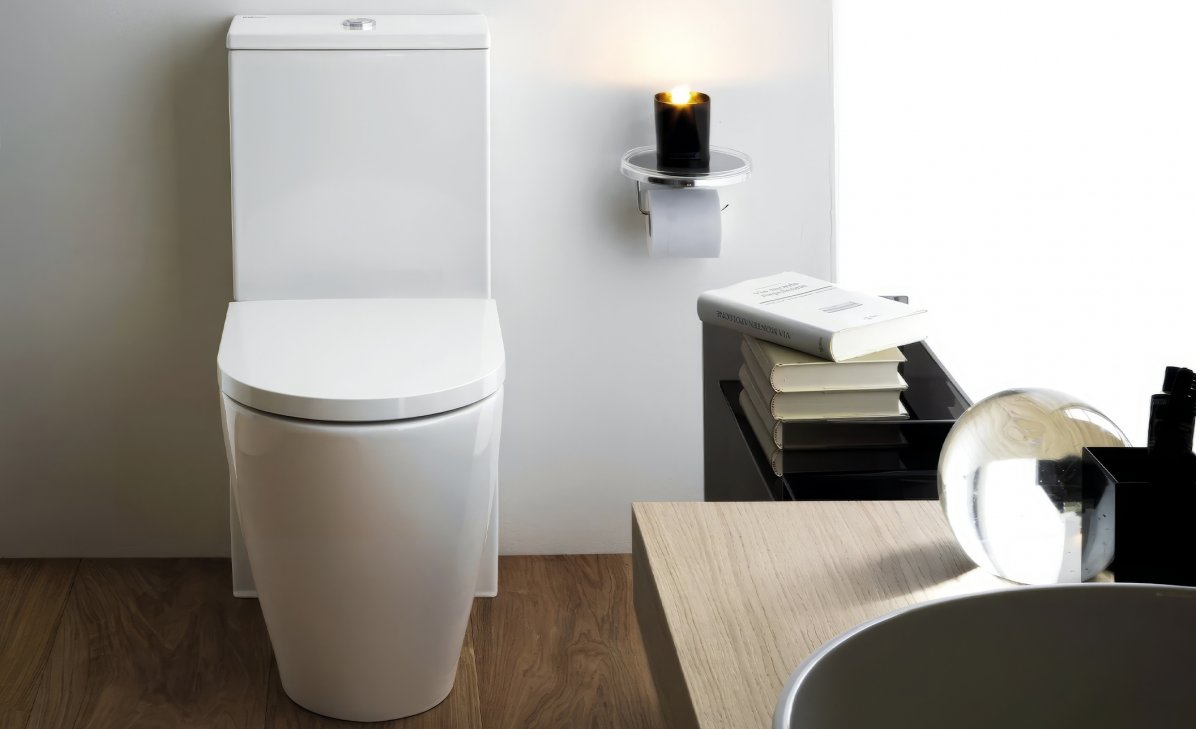
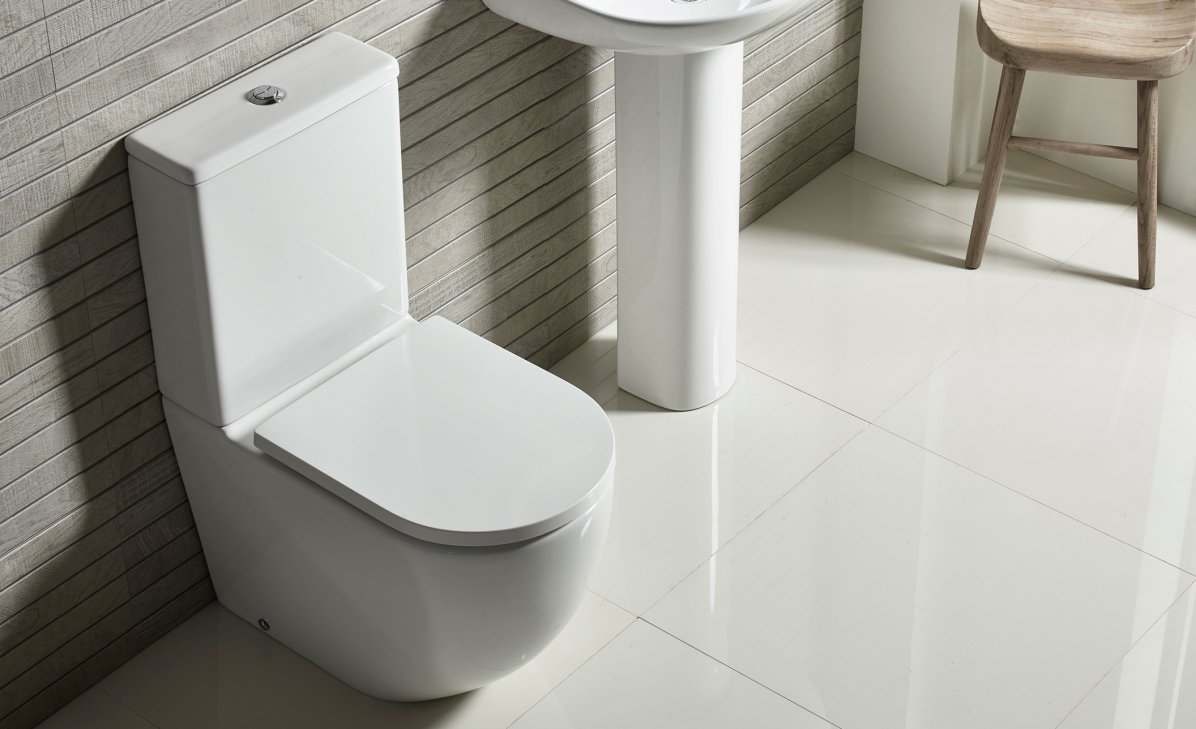
Common Installation Challenges
Common challenges can include aligning the toilet with the existing plumbing, securing it to the floor without damaging the bowl or the floor itself, and ensuring a proper seal to prevent leaks. A professional plumber can navigate these issues effectively, providing peace of mind that your toilet is installed correctly.
Maintenance Tips
Regular maintenance is crucial to keep your close-coupled toilet functioning efficiently for years to come.
Routine Maintenance Advice
Check the flush mechanism periodically to ensure it's operating correctly and efficiently.
Inspect internal components such as the flapper and fill valve every six months for signs of wear and replace them as necessary.
Cleaning Tips
Use mild cleaners to avoid damaging the ceramic and internal components. Harsh chemicals can erode the seals and mechanisms inside the cistern.
For the exterior, a soft, damp cloth is usually sufficient to keep the toilet looking new. Avoid abrasive materials that could scratch the surface.
When to Seek Professional Help
If you encounter persistent issues with flushing efficiency, leaks, or if the toilet becomes unstable, it's time to call in a professional. Regular professional check-ups can also prevent minor problems from becoming major issues, ensuring your close-coupled toilet remains a reliable and stylish part of your bathroom.

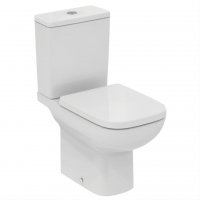
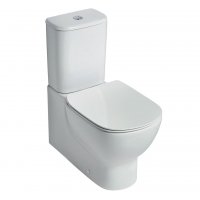
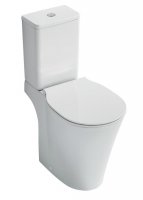
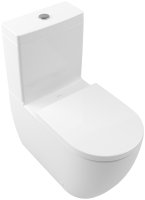
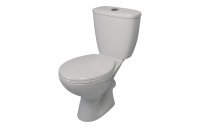
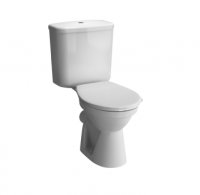

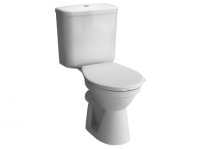
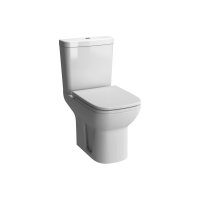
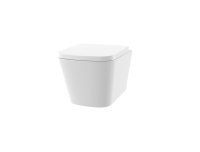
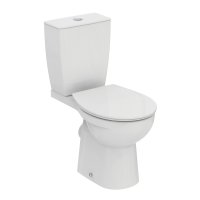
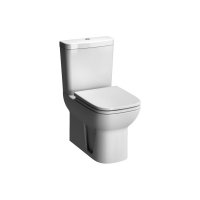
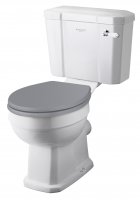

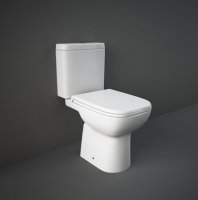
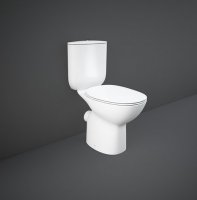
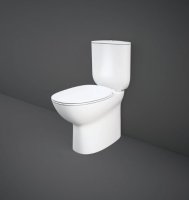
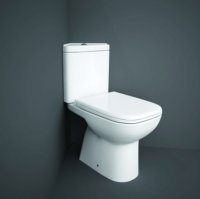
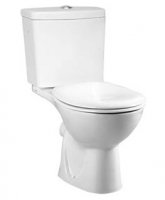
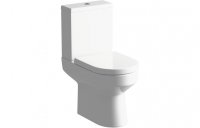
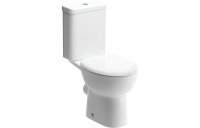
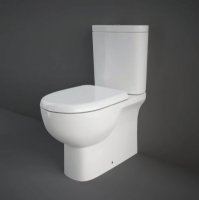
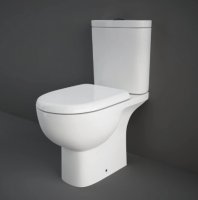
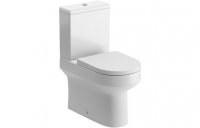
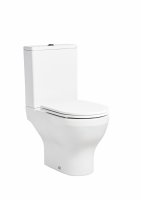
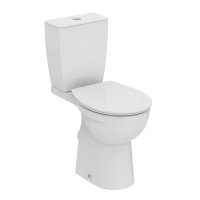

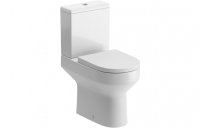
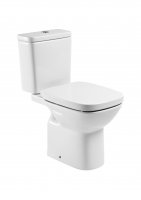
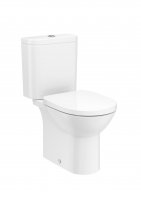
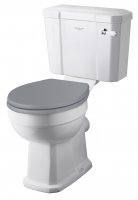
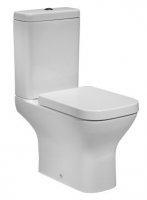
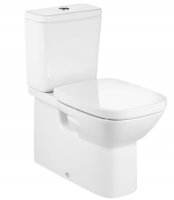
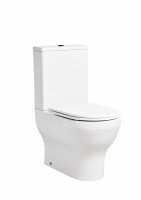
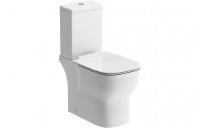
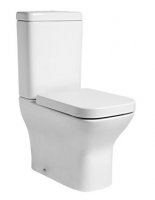
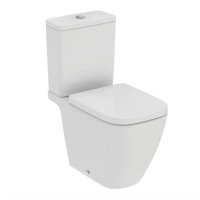
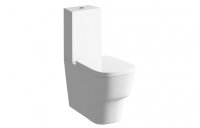
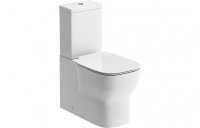
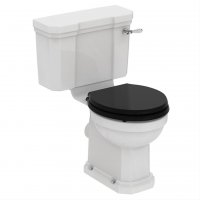
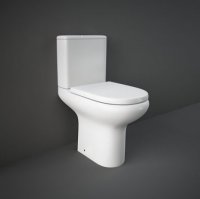
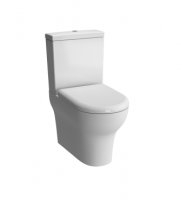
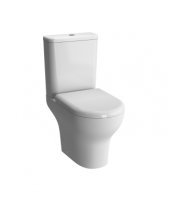




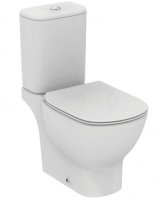
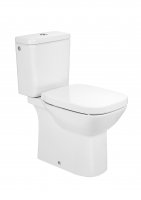
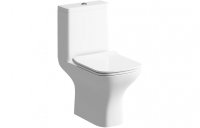
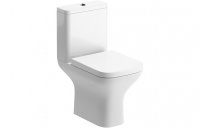


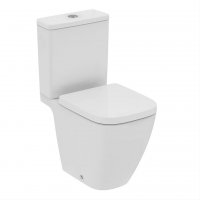
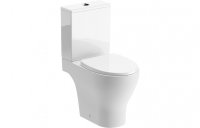
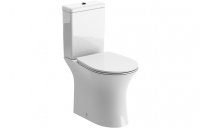
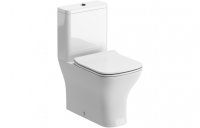
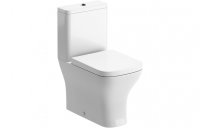
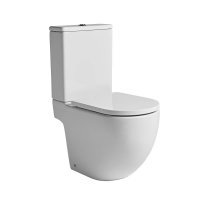
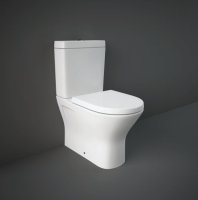
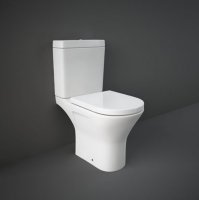
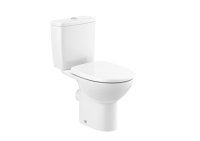


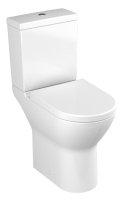
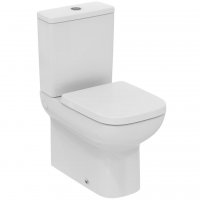
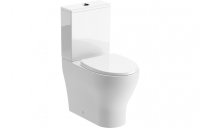
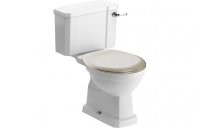
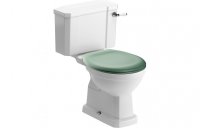
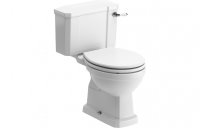
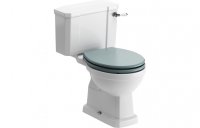
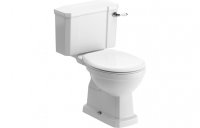
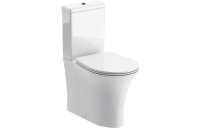
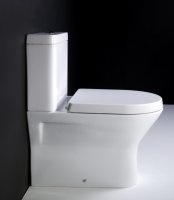
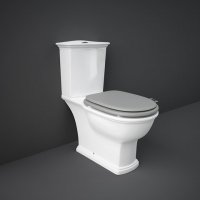
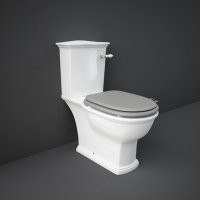
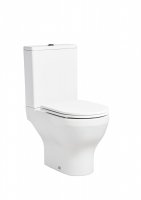
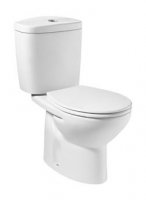
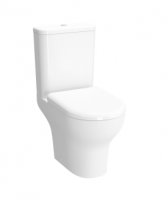

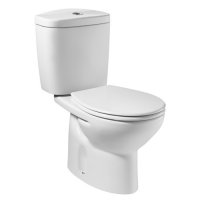
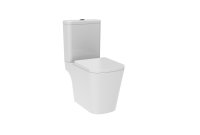
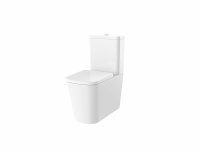
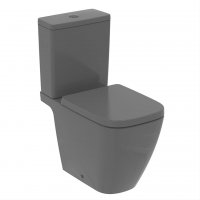
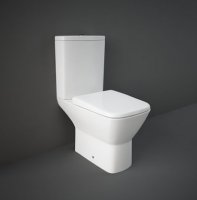
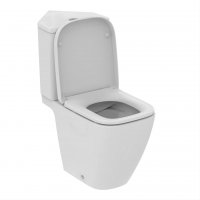
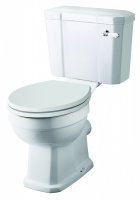
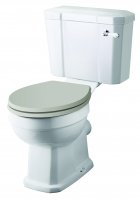
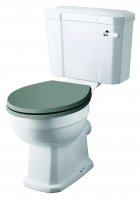
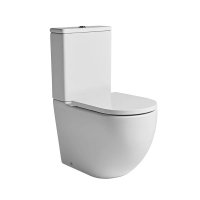
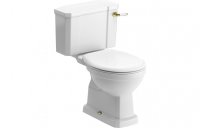
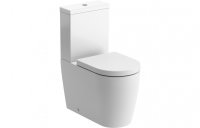

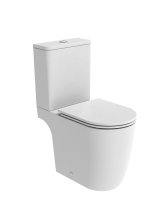

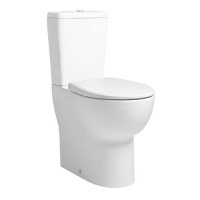


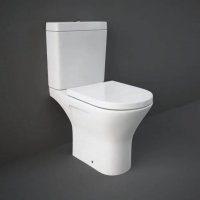
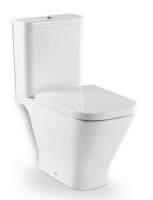
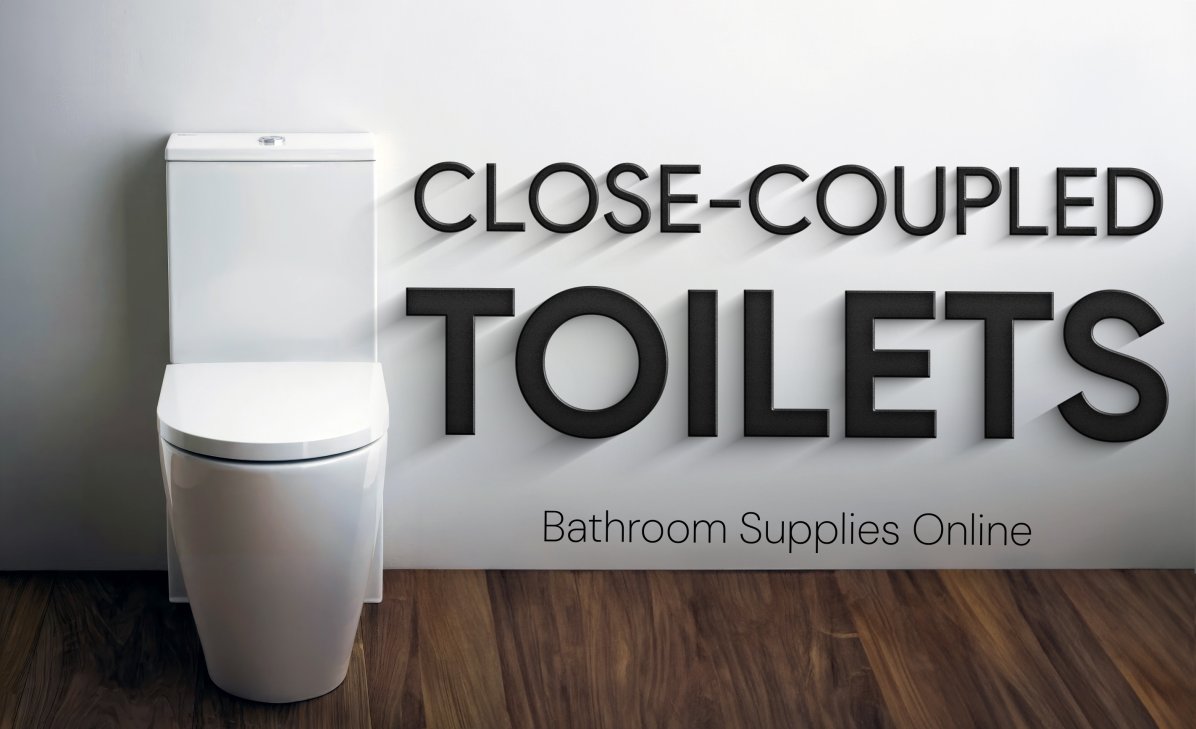
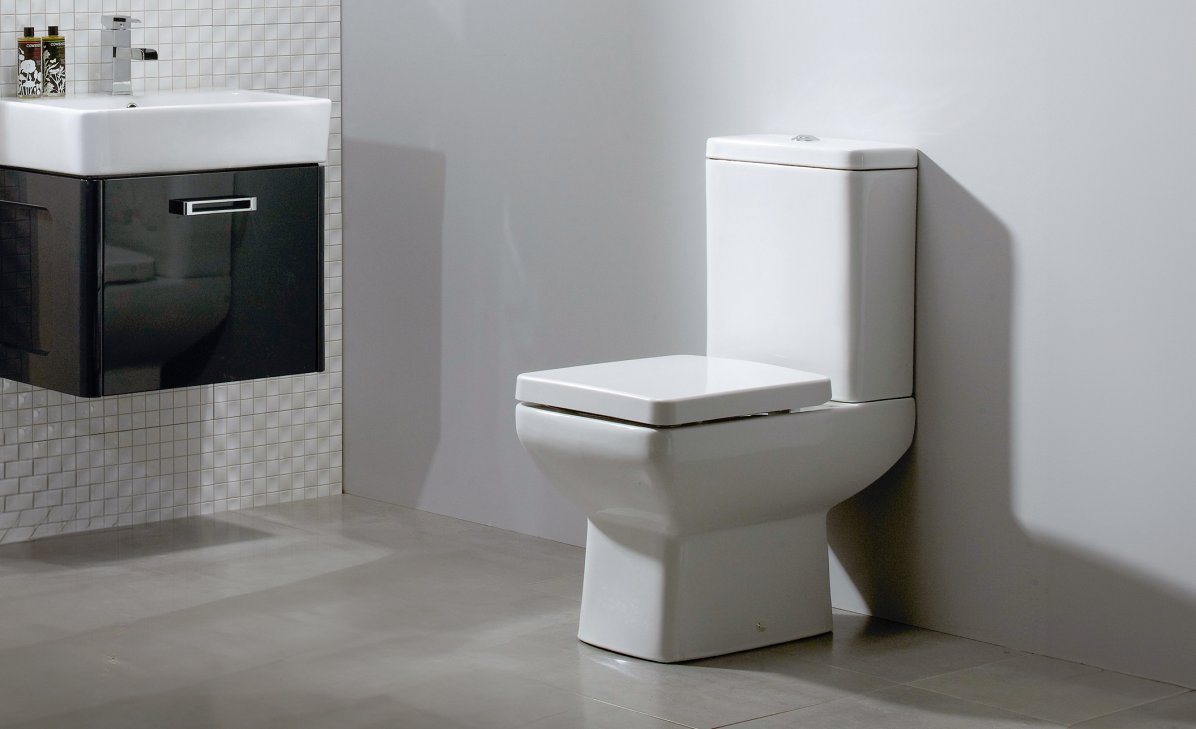
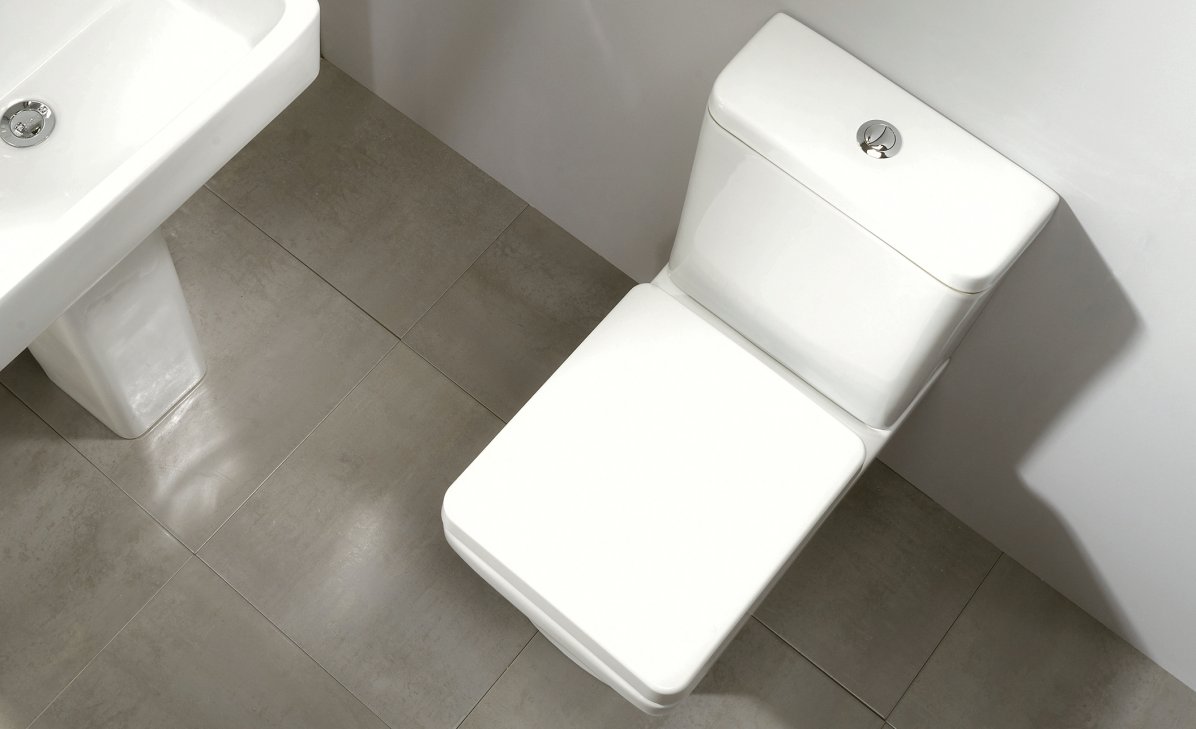
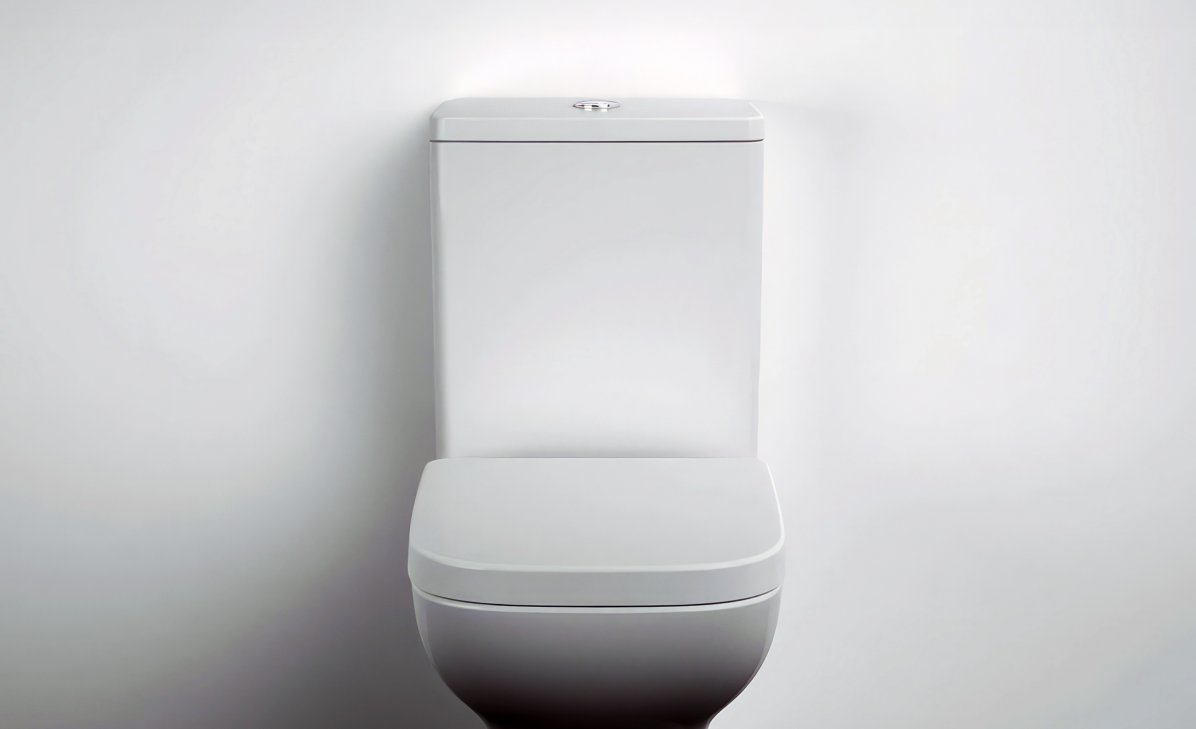
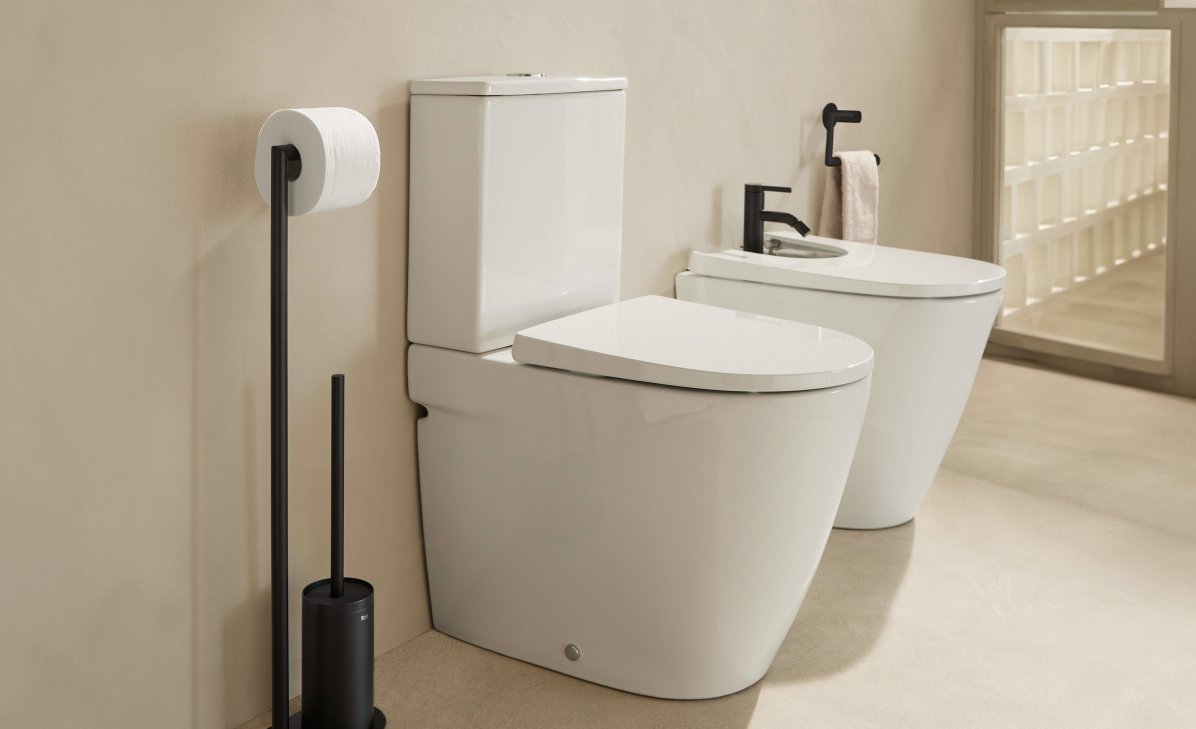
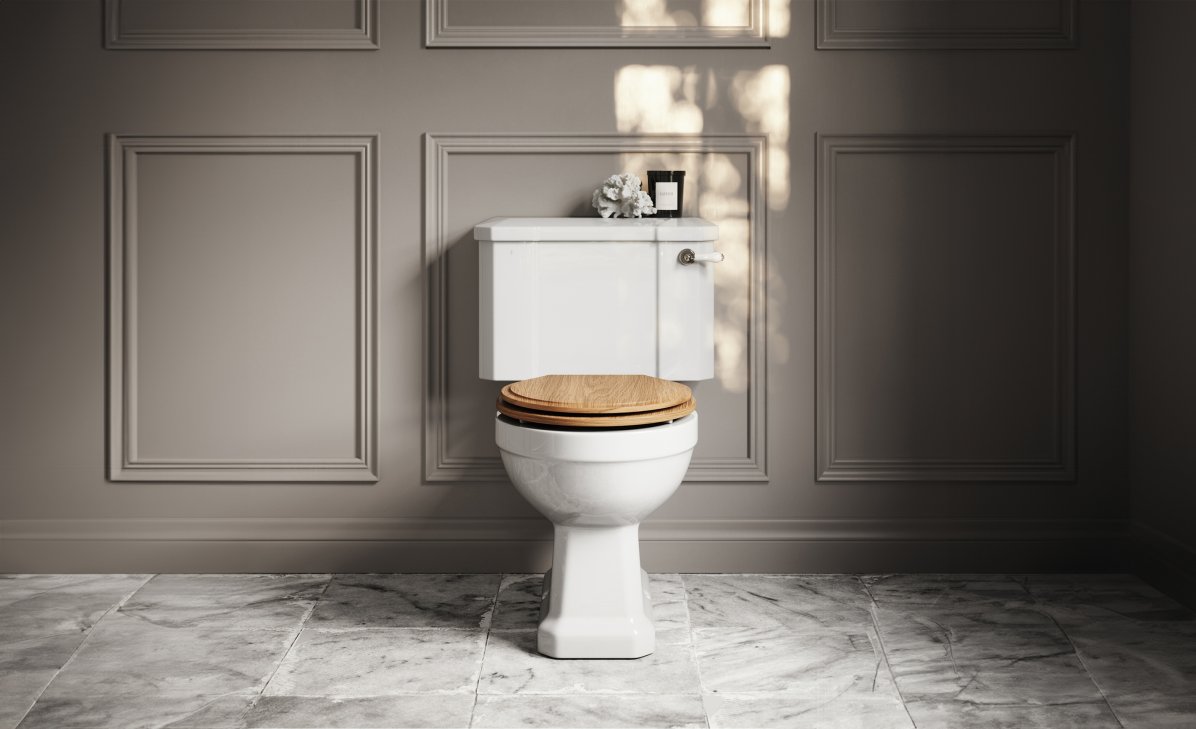




Stay Connected